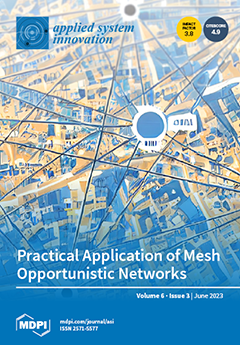Open AccessArticle
Enabling End-Users in Designing and Executing of Complex, Collaborative Robotic Processes
by
Helmut Zörrer, Georg Weichhart, Mathias Schmoigl Tonis, Till Bieg, Matthias Propst, Dominik Schuster, Nadine Sturm, Chloé Nativel, Gabriele Salomon, Felix Strohmeier, Andreas Sackl, Michael Eberle and Andreas Pichler
Cited by 1 | Viewed by 1903
Abstract
Over the last years, capabilities of robotic systems have quantitatively and qualitatively improved. But going beyond isolated robotic systems, the integration and interoperability of robotic capabilities in complex work processes remains a major challenge. This lack of tools to integrate robots needs to
[...] Read more.
Over the last years, capabilities of robotic systems have quantitatively and qualitatively improved. But going beyond isolated robotic systems, the integration and interoperability of robotic capabilities in complex work processes remains a major challenge. This lack of tools to integrate robots needs to be addressed on technical, semantic and organizational level. In the ROBxTASK research project, we developed an approach to support cooperation between different types of users in order to enable domain experts, with no robotic know-how, to work with robot-assisted workflows. By engineering robotic skills at a useful and usable level of abstraction for experts in different domains, we aim to increase re-usability of these skills on two different levels, (robotic) device level, and on level of application specific workflows. The researched prototype consists of a web platform, which allows (a) engineers to register (robotic) devices and the implemented skills of the devices, (b) domain experts to use a graphical task design environment to create workflows across multiple robotic devices and lastly (c) robot co-workers to download and execute the workflow code in a local environment with digital twins or real robots. Additionally skills and workflows can be shared across organisations. Initial user studies have shown that the visual programming environment is accessible and the defined skill-set is easy to understand even for domain experts that are inexperienced in the field of robotics.
Full article
►▼
Show Figures





